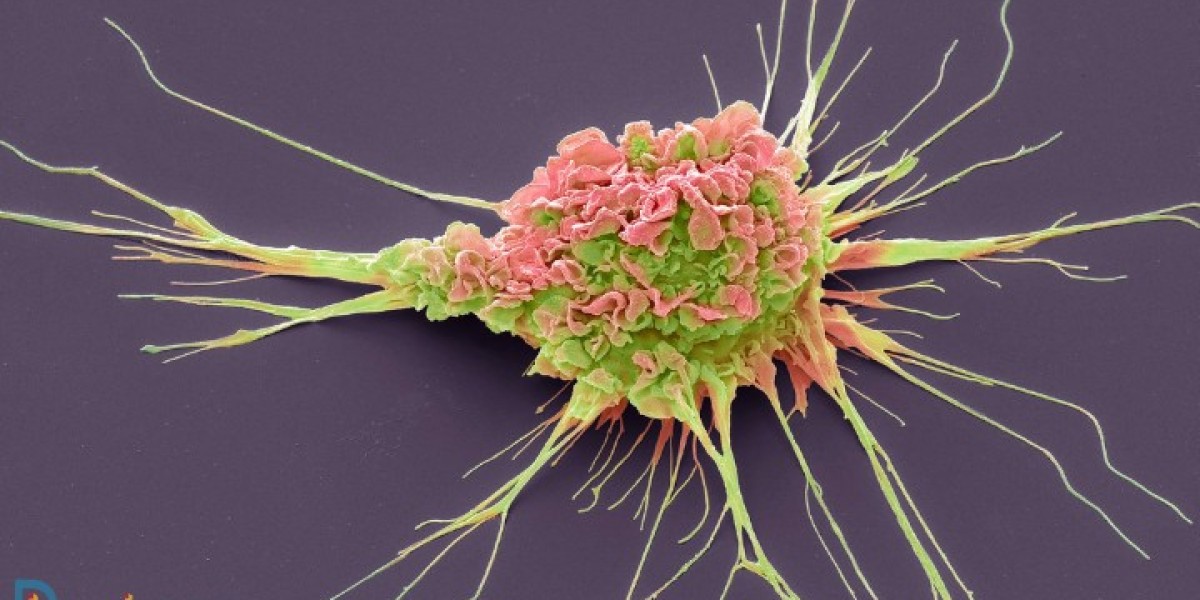Current Standard of Care
The current management of DMD focuses on slowing disease progression and maintaining quality of life:
- Corticosteroids – Prednisone and deflazacort are widely used to reduce inflammation, prolong muscle strength, and delay complications. However, long-term use can cause side effects such as weight gain, osteoporosis, and behavioral changes, leading researchers to explore alternatives.
- Supportive Care – Physical therapy, respiratory support, and cardiac monitoring are crucial for managing complications as the disease progresses. Non-invasive ventilation (NIV) and treatments for cardiomyopathy are vital to extending life expectancy.
Transformative Therapies
Innovative therapies are revolutionizing the DMD treatment space by targeting the underlying genetic causes of the disease:
- Exon Skipping
Exon skipping therapies enable cells to “skip over” faulty sections of the DMD gene, allowing for the production of shorter but functional dystrophin proteins. Eteplirsen (Exondys 51), viltolarsen (Viltepso), and golodirsen (Vyondys 53) have shown promising outcomes for patients with specific mutations. - Gene Therapy
Gene therapy aims to introduce functional copies of the dystrophin gene into muscle cells to restore protein production. SRP-9001 from Sarepta Therapeutics is a leading candidate, with early trials demonstrating improved motor function. However, challenges around delivery methods and durability remain under investigation. - Cell and Regenerative Therapies
Stem cell research is exploring ways to regenerate damaged muscle tissue. Although these treatments are still in experimental stages, they offer the potential for long-term solutions. - Myostatin Inhibitors
Myostatin inhibitors promote muscle growth by blocking proteins that limit muscle development. These therapies, such as Pfizer’s domagrozumab, aim to enhance muscle mass and delay disease progression.
Future Directions
The evolving landscape of DMD treatments reflects a shift from symptom management to disease-modifying approaches. Combination therapies—such as exon skipping with gene therapy—offer new avenues for addressing the heterogeneity of the disease. Advances in CRISPR-based gene editing also hold potential for precise genetic correction, though these techniques are still under development.
As more therapies progress through clinical trials, collaboration between pharmaceutical companies, researchers, and patient organizations will be essential to improve access and ensure equitable treatment worldwide. The growing diversity of treatments signals a future where DMD may become a more manageable condition, significantly improving outcomes and life expectancy for patients.
Latest Reports
Advanced Hepatocellular Carcinoma With Cpb Liver Cirrhosis Market | Advanced Renal Cell Carcinoma Market | Alopecia Aerata Market | Ambulatory Arrhythmia Monitoring Devices Market | Anaphylaxis Market | Anorectal Malformation Market | Anovulation Market | Aortic Stenosis Market | Apheresis Market | Arthroscopic Shavers Market | Artificial Iris Market | Atherectomy Devices Market | Autonomic Dysfunction Market | Balloon Catheters Market | Bile Duct Neoplasm Market | Bladder Cancer Market | Calcinosis Cutis Market | Cardiorenal Syndrome Market | Central Retinal Venous Occulsion Market | Central Serous Chorioretinopathy Market | Chemotherapy Induced Febrile Neutropenia Market | Cholangiocarcinoma Market | Chronic Refractory Gout Market | Chronic Rhinosinustis Market | Clbp Market | Concussions Market Size | Contact Dermatitis Market | Contraceptive Devices Market | Corneal Ulcer Market | Diabetic Foot Ulcers Dfus Market | Dysthymia Market | Exophthalmos Market | Familial Primary Pulmonary Hypertension Market | Giant Papillary Conjunctivitis Market | Graves’ Disease Market








